
As we step into 2024, the healthcare industry stands on the cusp of a transformative era, driven by rapid technological advancements and significant investment opportunities. The integration of healthcare with information technology has progressed far beyond initial expectations, heralding a new age of personalized, data-driven patient care. As highlighted by Vaishali Nambiar, in her landmark article, “Top 5 Technology Trends Shaping Modern Healthcare in 2024” published in ET HealthWorld, the global healthcare IT market, valued at USD 174.3 billion in 2022, is poised to surge to USD 644.9 billion by 2030, growing at a CAGR of 18.2% from 2023 to 2030. This staggering growth is not just a reflection of financial investment but a testament to the sector’s commitment to innovation and improved healthcare delivery.
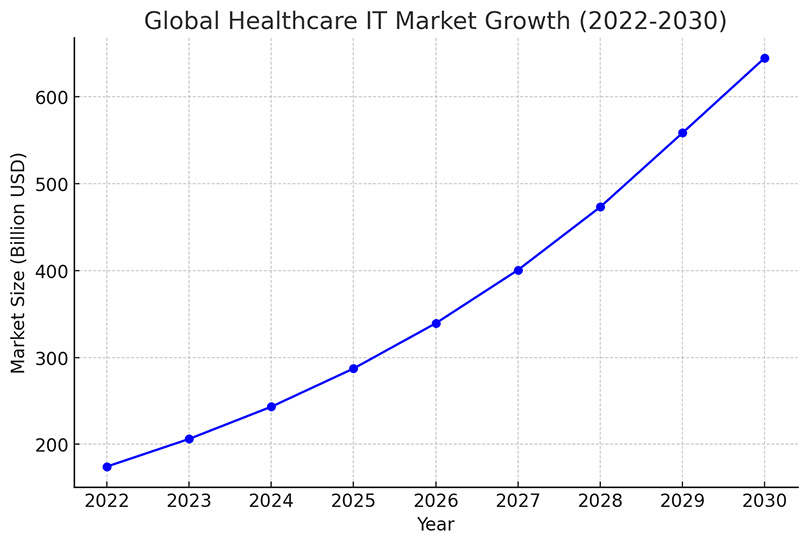
This unprecedented growth trajectory opens up vast opportunities for investors and stakeholders in the healthcare sector. With technologies like Electronic Health Records (EHR), Telemedicine, Artificial Intelligence (AI), the Internet of Medical Things (IoMT), and Predictive Analytics shaping the landscape, the future course of healthcare is being redefined. These technologies are not merely trends; they are the new pillars upon which the future of healthcare will be built.
The digital transformation in healthcare is not just enhancing the efficiency of care delivery but also making healthcare more accessible, personalized, and patient-centric. This paradigm shift presents significant investment opportunities in various healthcare technology sectors, promising substantial returns while contributing to the overall enhancement of global health outcomes.
As we delve deeper into this article, we will explore the top five technology trends that are not only revolutionizing the healthcare industry but also offering promising growth and investment prospects. These innovations are setting the stage for a future where healthcare is more proactive, precise, and interconnected, aligning perfectly with the evolving needs of the 21st-century patient and a world that increasingly relies on digital solutions.
- Electronic Health Records (EHR): The Backbone of Modern Medicine: EHR systems have become indispensable in modern healthcare, transitioning from traditional paper charts to comprehensive digital records. As of 2023, over 85% of office-based physicians in the U.S. have adopted an EHR system, underscoring their widespread acceptance. The global EHR market itself is anticipated to expand to approximately USD 40 billion by 2024. These systems not only centralize patient data but also enhance care coordination, patient engagement, and overall healthcare quality.
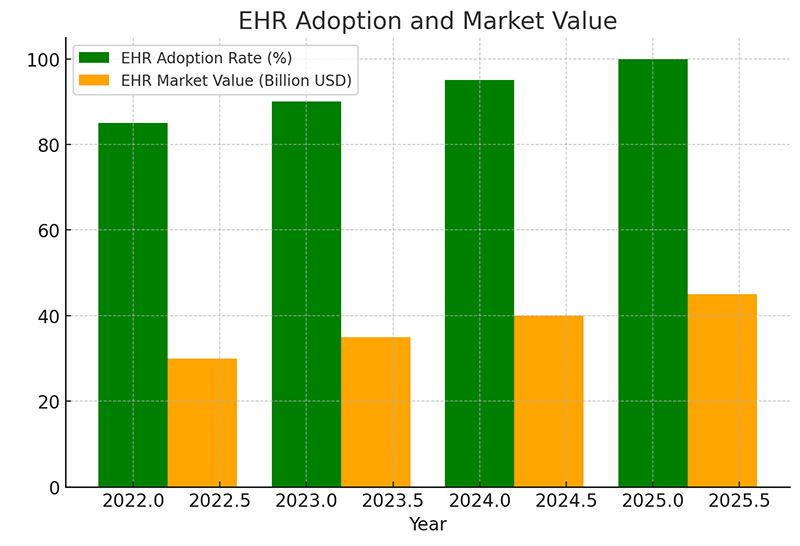
2. Telemedicine and Remote Patient Monitoring: Breaking Barriers: Telemedicine and Remote Patient Monitoring (RPM) have revolutionized healthcare delivery. The global telemedicine market, valued at around USD 41.4 billion in 2021, is projected to soar to USD 396.76 billion by 2027. Similarly, the RPM market is expected to reach USD 1.8 billion by 2026. These technologies facilitate medical services remotely, ensuring continuous care and monitoring, thereby enhancing access, reducing costs, and improving patient outcomes.
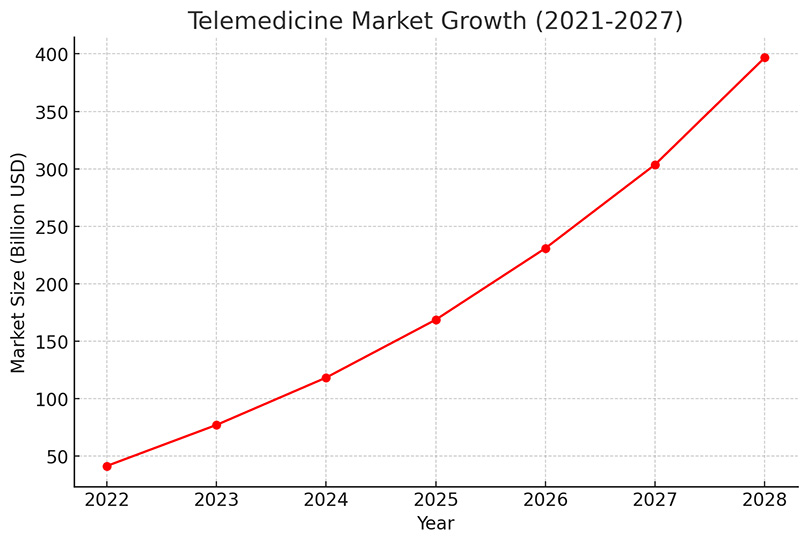
3. The AI and ML Renaissance in Healthcare: Artificial Intelligence and Machine Learning are redefining healthcare’s frontiers. The AI in healthcare market, which stood at USD 6.7 billion in 2021, is estimated to escalate to USD 67.4 billion by 2027. AI’s potential in healthcare is vast, from improving diagnostic accuracy to predictive modeling and personalized treatment plans. Moreover, AI could potentially save the U.S. healthcare system an estimated USD 150 billion annually by 2026, emphasizing its economic impact.
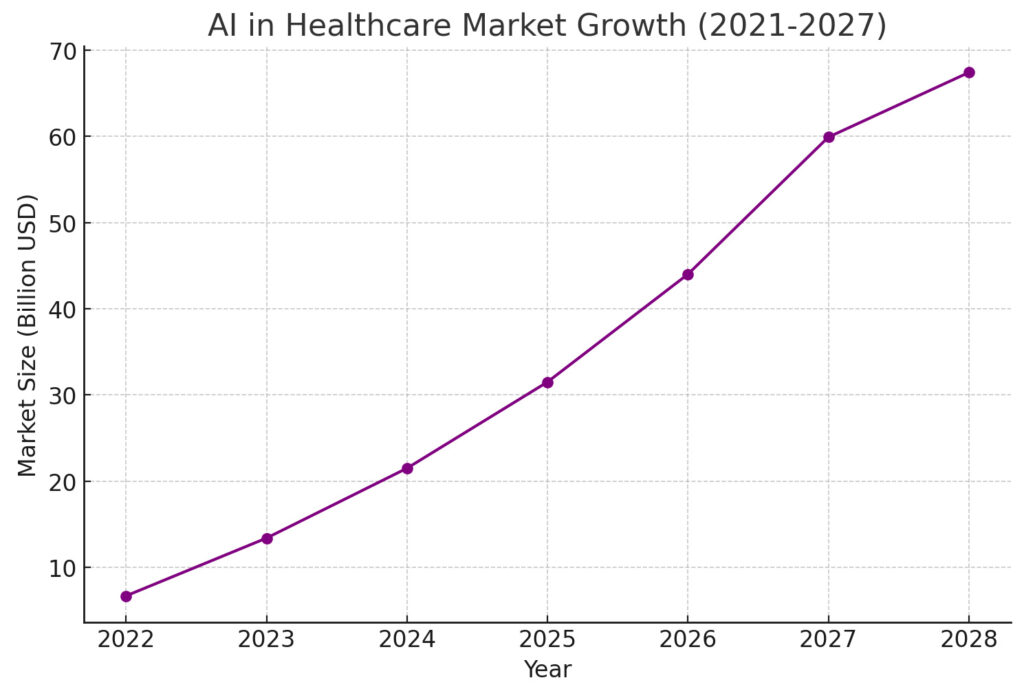
4. Internet of Medical Things (IoMT) and Wearable Devices: The New Frontiers
IoMT has emerged as a transformative force in healthcare. The IoMT market is expected to reach USD 158.1 billion by 2022, reflecting its growing significance. Wearable devices, a critical component of IoMT, are also on the rise, with the market projected to hit USD 74.03 billion by 2026. These technologies are vital for preventive care and chronic disease management, offering real-time health data and fostering a more proactive health management approach.
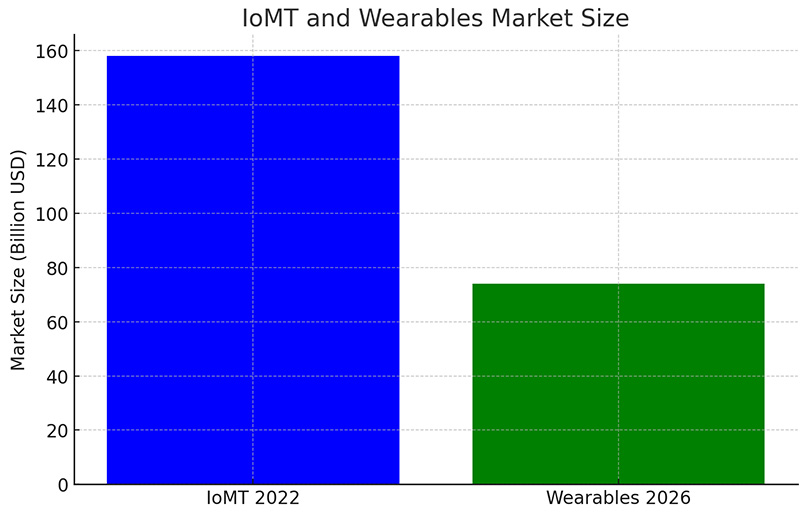
5. Predictive Analytics: Proactive Healthcare’s Crystal Ball: Predictive analytics harnesses statistical algorithms and machine learning techniques to forecast health trends. The global market for predictive analytics in healthcare is expected to reach USD 28.77 billion by 2027. This approach is instrumental in anticipating disease outbreaks, optimizing treatment plans, and enhancing population health management.
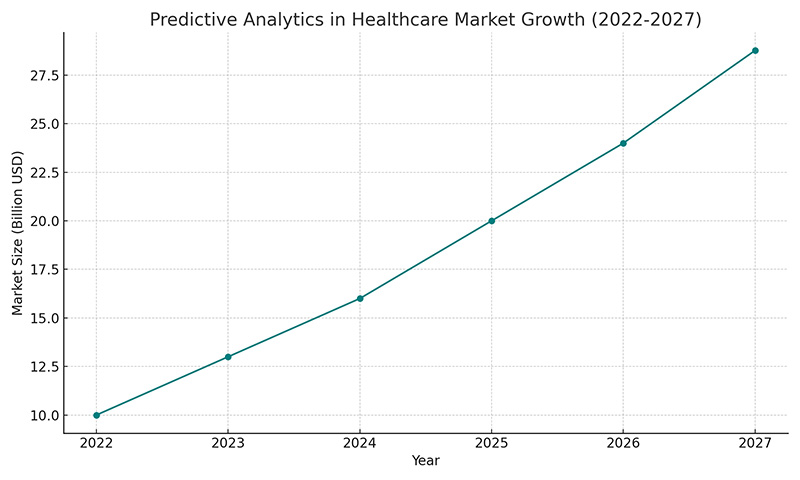
Envisioning Healthcare in 2024 – A Synergy of Technology and Personalization: As we advance towards 2024, healthcare is set to become more personalized, precise, and interconnected, driven by these technological innovations. These trends promise a future of proactive wellness, pre-emptive disease management, and enhanced patient empowerment, all while reducing costs and increasing affordability. The integration of these technologies into healthcare heralds a new era of efficiency and effectiveness, reshaping the way we think about health and wellness.
Prof. Dr. Prahlada N. B
29 December 2023
Mogadishu, Somalia.
References and Source:
- Top 5 Technology Trends Shaping Modern Healthcare in 2024 – ET HealthWorld.
- MarketsandMarkets.
- Grand View Research.
- Accenture.
- Fortune Business Insights.
- Verified Market Research.
















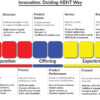
Yes Prahlada Sir,
In future as health care technology evolves…… diagnosis, treatment & care plan will become personalised, precise & seamlessly interconnected.
With awesome new technologies in health care sectors, we can anticipate patient needs before they arise, & all this at reduced cost & higher affordability.
These are definitely interesting times for technology in healthcare, that enables both caregivers & patients to work together to create a healthier world.
ReplyRightly said sir,The goal is to make Robotic surgery accessible to everyone including shortening the learning curve and make the so called AI a common entity.
Reply